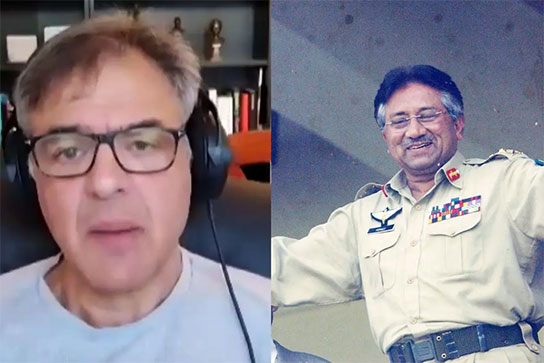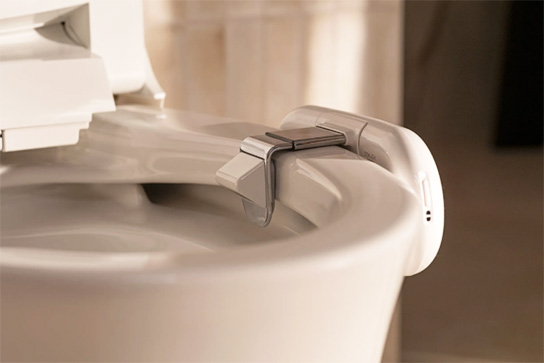Jurors in Michael Jackson's child molestation trial Wednesday were shown dozens of pornographic magazines seized from the star's bedroom at Neverland Ranch.
But trial Judge Rodney Melville denied a bid to tell the panel about thousands of graphic pictures found on computers taken during a search of the fantasy-themed estate that Jackson, a 46-year-old father of three, calls home.
The jury was shown pages from a wide array of magazines with titles ranging from "Total Teen Filth," to "Over 50," and "Plumpers and Big Women" that police found in the entertainer's bedroom.
Prosecutors are hoping to convince the panel that the "King of Pop", who is accused of molesting a 13-year-old boy at Neverland two years ago, used racy pictures to break down the teenager's sexual inhibitions.
"The relevance, as the prosecution said, is that Michael Jackson showed the material to young boys to get them interested," said legal analyst Ann Bremner outside the courtroom in the California town of Santa Maria.
But she warned that linking the heterosexual pornography and the alleged abuse was a "quantum leap for jurors." Before the jury was summoned into court, prosecutor Gordon Auchincloss said one the computers seized at the ranch contained 1,700 downloaded pictures of "erotic material," and another had "teen adult material."
He said that two computers also contained information from adoption websites.
But defense lawyer Robert Sanger retorted that the material was legal and heterosexual and that there was no proof Jackson had ever looked at it.
In addition, the computer porn is irrelevant to allegations that Jackson abused the young cancer survivor in February or March of 2003 as it was not downloaded or viewed during that period, he added.
In ruling the material would not be shown to jurors, Melville agreed with the defense there was no evidence the pictures held in the computers' so-called "cache" had actually been downloaded.
Meanwhile, detectives described how they handled evidence seized in a November 18, 2003 police search of Neverland as the defense sought to show that police were less than thorough about sealing and conserving the items.
Detective Craig Bonner admitted the accuser's DNA was never found on any of the evidence.
Another Santa Barbara Sheriff's Department detective, Robert Cooley, told the jurors that while he was not specifically told the items would be dusted for fingerprints, he sealed them in a way that would allow forensic analysis to be carried out at a later stage.
Jackson's team has said that a fingerprint belonging to Jackson's accuser found on a pornographic magazine was left when the boy identified the magazine during a grand jury hearing months after he left Neverland.
Prosecutors say the fact fingerprints belonging to both Jackson and the youth were on the magazine is evidence that they looked at it together. An expert also explained in technical details the process of collecting and viewing fingerprints.
Peep into Michael Jackson's porn kit






